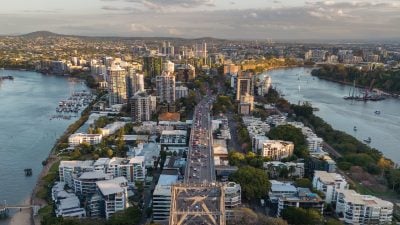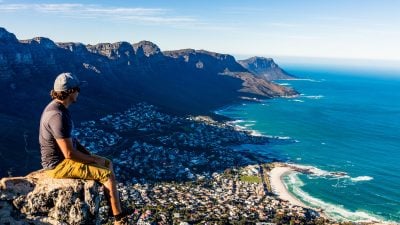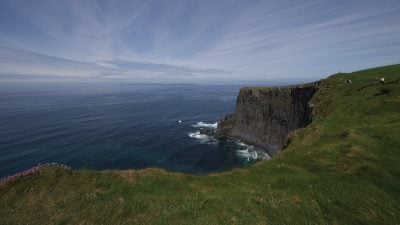Home / Australia & South Pacific / Top Six Reasons to GO WEST on …
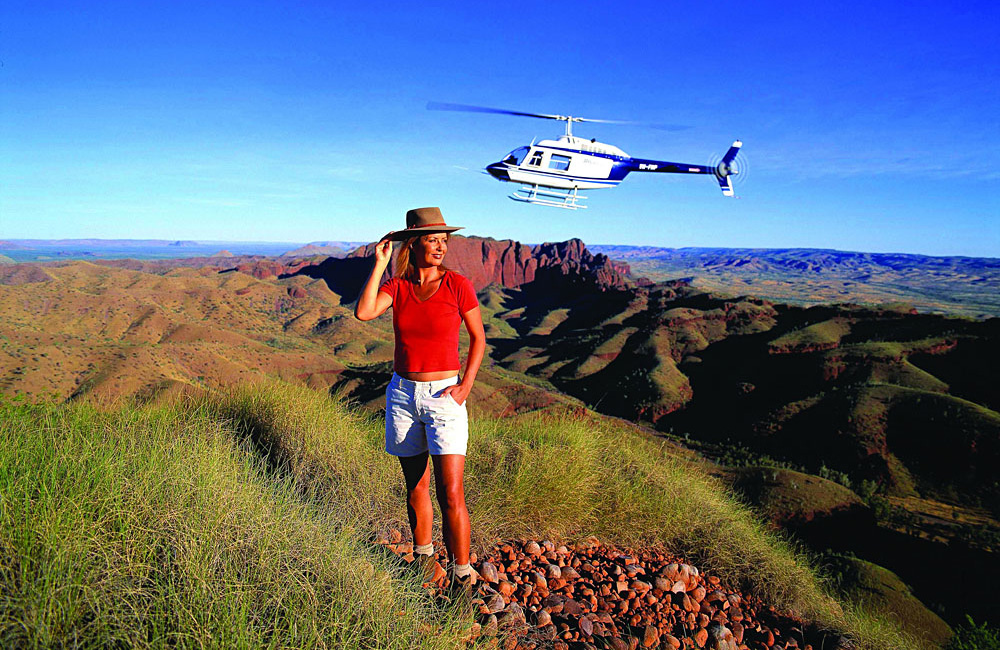
Top Six Reasons to GO WEST on Your Travel to Australia
Whether you’ve done the more usual east coast destinations, or are just looking to experience a different side of the land Downunder, Western Australia can feel like a whole other country. (In fact, it nearly was!) From wildlife encounters to wineries, here are our picks for the big six “must see” attractions of Western Australia on your travel to Australia.
1. Eat, Drink Your Way Through the Beauty that is Margaret River and the South West
One of Australia’s most delicious corners awaits just a few hours drive from Perth. Travel down Australia’s Indian Ocean coast (trying not to get too distracted by photo ops), and settle in for a delicious few days of tastings at vineyards, restaurants, craft breweries, and distilleries throughout the region. For most Australians and the world, the Margaret River region means some of the country’s best wine. This region blends not only wines but adds a splash of incredible surfing beaches, moments to mingle with both marine and other Aussie wildlife, offering many great walks like the Cape to Cape track or mountain bike the Mundi Biddi trail or quad bike through the Boranup Forest. The region is actually a bio-diversity hotspot where 60% of the flora and fauna here can be found no-where-else on Earth, with so much to see and do. Or, simply choose to recharge at a number of spa resorts which lure chefs and culinary innovators from around Australia and beyond. Hiring a car for a self-drive is probably the best way to explore at your own pace and choose to stay amongst the vines, the forests or stunning beaches.
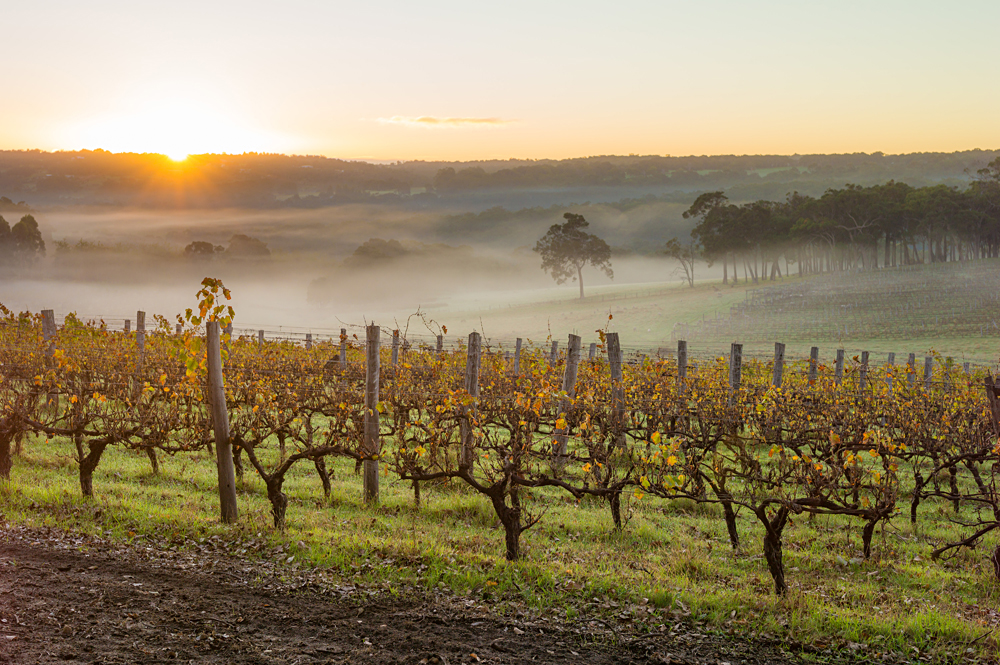
2. Swim with the Whale Sharks on Ningaloo Reef, Australia’s Accessible Reef
There are few places in the world one can swim with Whale Sharks, and in Australia, the only place is Ningaloo Reef, Western Australia in the Indian Ocean. Ningaloo Reef is one of 2 Unesco Heritage Listed Marine Parks on Australia’s Coral Coast. This Reef stretches 300 kilometres, extends 10 nautical miles seaward, encompasses over 5,000 square kilometres of ocean and is an untouched marine wonderland running just steps from shore and why Ningaloo is called “Australia’s most Accessible Reef.”
Such reefs are called fringing reefs, and Ningaloo is the world’s largest. Many of its best dive and snorkeling sites are located just 100 metres from dry land. The shallow lagoons and deeper offshore waters create a diverse array of habitats for a multitude of colourful corals and more than 500 species of fish. Many other creatures regularly visit Australia’s Ningaloo Reef, including turtles, dugongs, mantarays, dolphins and humpback whales, which you can now swim with! The water visibility and access here is so remarkable often divers will drop the use of their tanks and just swim and snorkel the reef. Swimming with these gentle giants in the wild is a travel experience that will stay with you for a lifetime.
Related Article:
Swimming With the Fishes in Australia

3. Get Out to Australia’s Last Frontier in the Kimberley
Just in case a swim with the friendly Whale Sharks wasn’t quite wild enough for you, Australia’s biggest state is home to its last great frontier. Travel by scenic air or land safari’s, or by expedition cruises and you will see why the Kimberley region is where the most awe-inspiring notions of the Australian Outback come to life. See dinosaur footprints and ancient rock formations such as the Bungle Bungles where dinosaurs once roamed. Shower under waterfalls and billabongs or ride the world’s only Horizontal Waterfalls. Take a 4WD tagalong adventure or camping holiday along the famed Gibb River Road between the pearling township of Broome and Kununurra, home to the expanse of Lake Argyle and El Questro National Park. Not to be missed, expedition cruising along the Kimberley Coast is pristine and is listed amongst the top 3.7% of least impacted marine environments worldwide. The Buccaneer and Bonarparte Archipelagos of the Kimberley Coast boast more than 2,633 islands and an extensive system of largely fringing reefs. As one of Australia’s fifteen listed national biodiversity hotspots, the Kimberley Coast also boasts Australia’s largest inshore reef, world class seagrass meadows, extensive mangrove forests, diversity of corals, wild rivers, the world’s largest population of Humpback whales and important seabird breeding colonies. Aboriginal people have thrived in this land for centuries, and today make up about 40% of the local population. The colours of the Kimberley with its turquoise waters, white sandy beaches, red earth and rock formations, open blue skies remind the lucky few who make it this far that even in its most remote corners, the Australian bush is living and ever-changing.
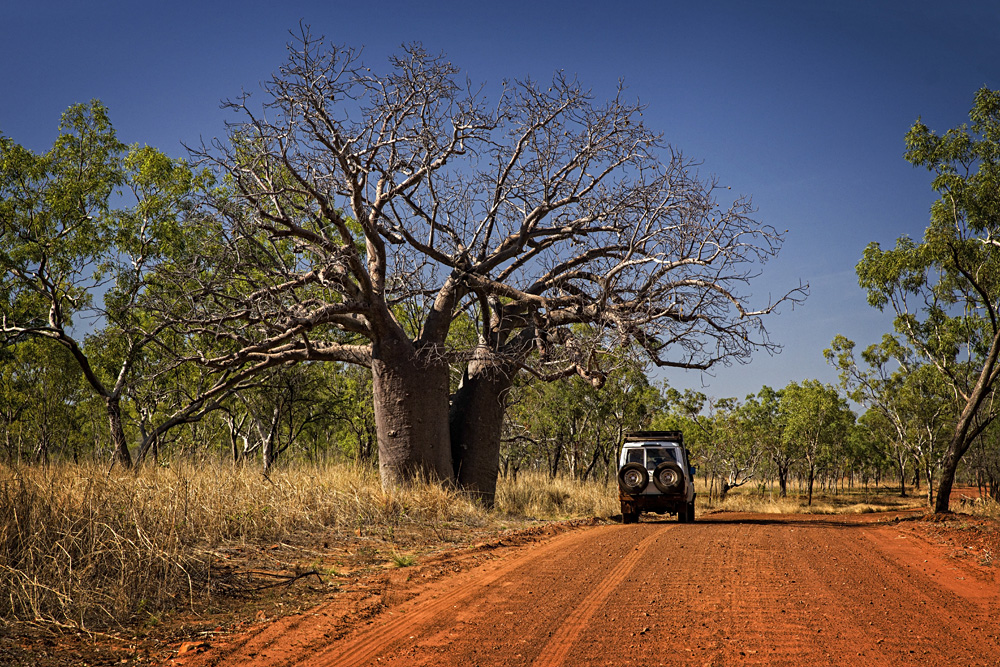
4. See the Quokkas of Rottnest Island
Another of Western Australia’s great wildlife encounters, Rottnest Island is surprisingly accessible from Perth, located less than 20 kilometres from Fremantle (see below). If you’re coming to Rottnest, you’re most likely coming to see the Quokka, with a bonus being its stunning location. Famed as “the happiest animal on Earth,” this Australian furry cuteness lives naturally on Rottnest. It’s thrived here largely thanks to the lack of natural predators, but that doesn’t mean it has sole run of the island. The reefs that surround Rottnest are a haven for whales and dolphins, as well as seals and sea lions, making it one of the greatest spots for viewing marine wildlife, on your travel to Australia, as well as offering great diving, surfing, snorkeling, and swimming. There are a number of ways to enjoy and get around the island, either by bicycle or Segway rental or take the Island’s hop-on hop-off bus. There are no cars allowed on the island. A population of just over 100 people resides permanently on Rottnest Island, and local authorities are very conscious of capacity and ecological preservation. Visitors may choose to stay overnight or most often book a day trip from Perth.

5. Fremantle
Perth and Fremantle are often talked about in the same breath, and no visit to either city is complete without a little time spent in both. Located just across the Swan River on the Indian Ocean coast, Fremantle is in some ways Perth’s more relaxed, bohemian, and artsy sister city. Historically and to this day a thriving port, Fremantle retains a strong sense of its maritime history while asserting itself as the artistic hub of Western Australia and having the largest collection of colonial architecture within a township of Australia. If you’re here over the Easter weekend, you might come across the Fremantle International Street Arts Festival. Otherwise, simply lose yourself in the Fremantle markets for an ideal first taste of the city, then browse the boutiques, outdoor cafes, and microbreweries that give the town its distinctive flavour. Perhaps visit the World Heritage listed Fremantle Prison for a dose of history, or order up some fish and chips for a picnic beside one of Australia’s most splendid beaches. You haven’t seen beaches in Australia until you’ve been to the WEST COAST.
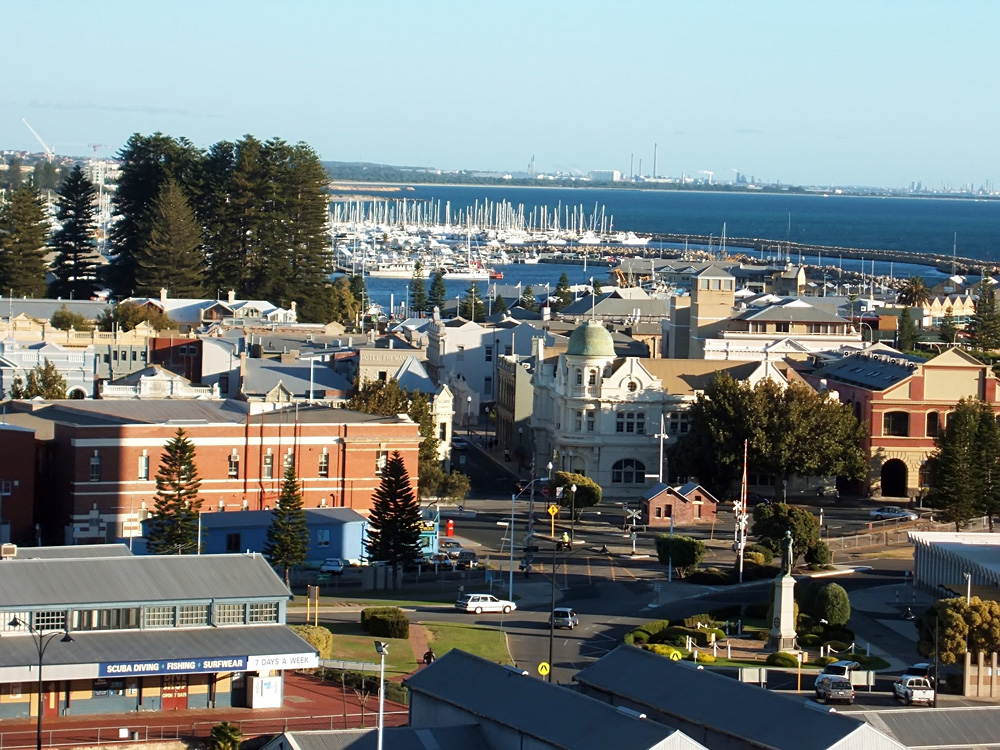
6. Visit the Dolphins of Monkey Mia
This is a very special place, even by Western Australian standards. Monkey Mia is part of the Shark Bay UNESCO Heritage listed marine park. Monkey Mia is named for the Monkey, a schooner which anchored there in the late 19th century, and mia, an Aboriginal word for shelter, and today known for its colony of wild bottlenose dolphins. The same pod of wild dolphins have been coming here over many years, varying from 1 to 3 times a day in varying numbers, and visitors are allowed to feed (though never touch) these playful creatures under the supervision of park rangers. The dolphins however are never allowed to become reliant on humans for their food, taking less than ten percent of their daily nourishment from the hands of visitors. While here to see the dolphins, explore Shell Beach, a stunning beach naturally made of millions of seashells, or visit Hamelin Pool to see stromatolites – ancient living organisms, or take a 4WD tour to Francois Peron National Park. The area offers fantastic fishing and is home to the largest population of the elusive Dugong (similar to a Manatee). Monkey Mia is also a hub for local Aboriginal culture. Kayak touring, nature walks, as well as bush fire talks telling stories of Aboriginal Dreamtime and culture walks with an Aboriginal guide are other popular ways, on your travel to Australia, to learn about this magnificent part of the country.
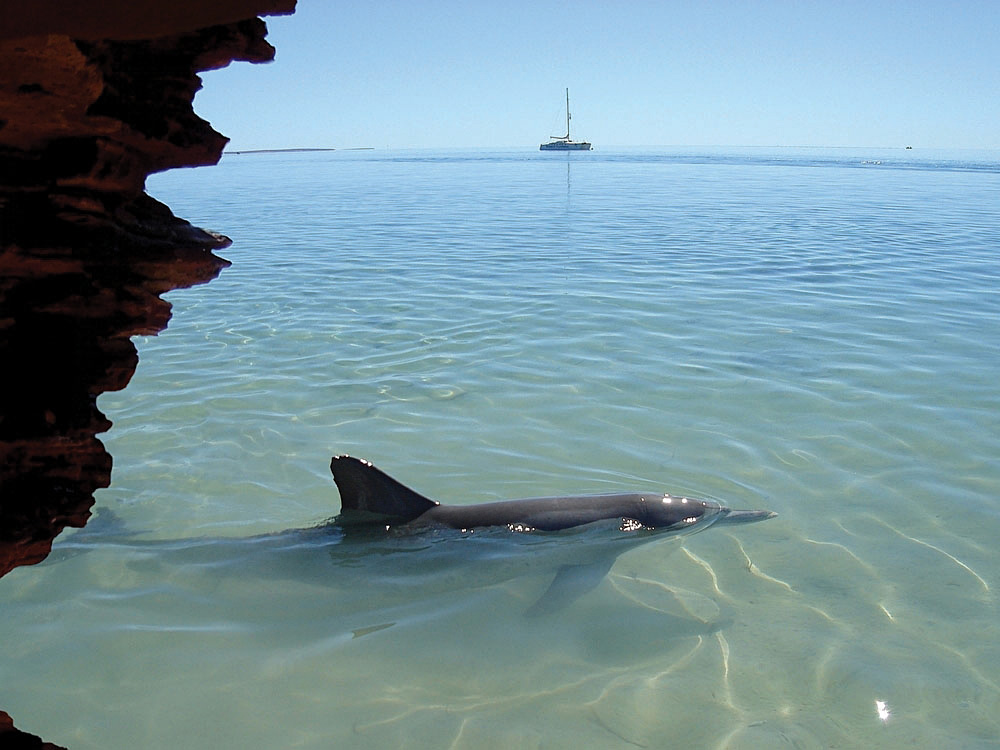
For more information or ideas on travel to Australia, please visit us at www.goway.com.
Main photo credit: Tourism Western Australia
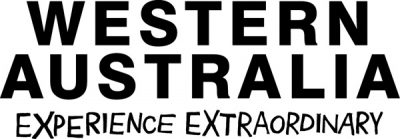
Get more travel inspiration by email.
Subscribe
0 Comments

Get the latest travel trends & hear about the best deals on vacations around the world.
If you’re a Globetrotter, these are the newsletters for you!

